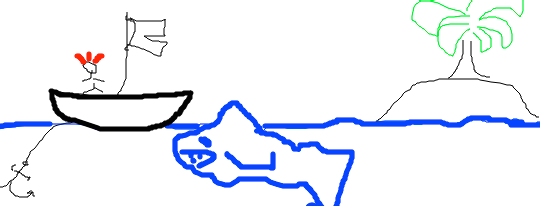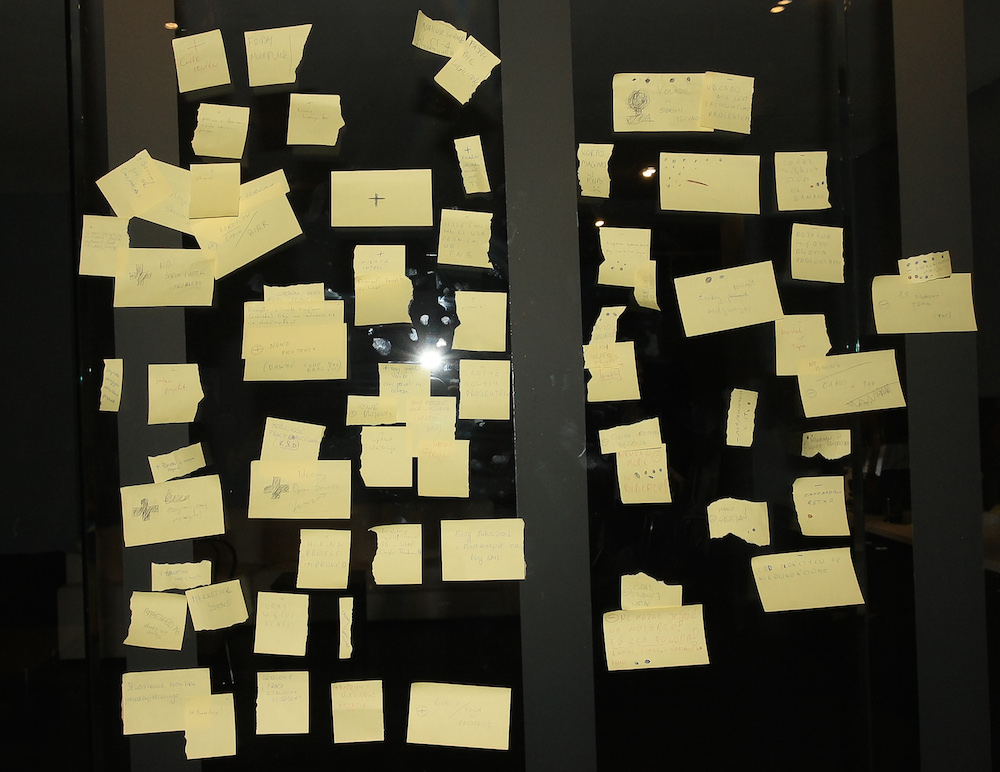Tools for Remote and Distributed Retrospectives

Retrospectives are so easy.
You just sit in a room, draw on a whiteboard, think what went well, what went wrong and then go for a pizza. Piece of cake.
Providing you're in the same office.
It's trickier when working in a remote & distributed company. And no, Skype doesn't cut it. You need good tools (which, surprisingly, mirror the real-life accessories) and a healthy attitude - after all, a good retro isn't about praising everyone involved. Plus, it's way easier to be misunderstood via video&voice chat than face-to-face.
However, even if you're not remote/distributed, knowing how to do remote retrospectives might be a good skill to have. Just imagine an obligatory on-site client work. Or branching out to a different country.
Just as with our remote hiring recipe or communication tool post, it's a loose guide - hope you'll find it useful!
But firstly - why do we do retrospectives at all?
Why retrospectives matter?
Retrospectives are 100% agile - and not just for the buzzword's sake; doing frequent retros is just common sense. Well, at least if you want to learn from your mistakes. Because we'll probably always make them - retros just help us make them less often.
Secondly, it's about team building. We believe that a good team is able to say "We botched this work, sorry." but also "We really pulled this one off, great!". And that's priceless when working in a remote environment.
Not to mention that the air is way clearer after a frank, open retro. Let's see the tools!
Draw away with Cosketch, Twiddla
The retrospectives sometimes look a bit like this:

Online whiteboards such as Cosketch or Twiddla work very well for mindstorming, taking notes and, are, erm, entertainment. Take the image above.
One of the team drew it and used the image's elements as "anchors". They put things slowing them down around the boat's anchor and those that "propelled" them at the sail; the isle symbolized the "paradise" place the team was going to, full of brilliant ideas for the future. The shark's a random doodle (I thought it was the bus factor).
Pros:
- Colour variety (one for each team member)
- You can really draw something (instead of describing it)
- Changes stored in the history and "undo" is available
Cons:
- May seem too complicated
- Doesn't look nice & organised
- Some synchronisation problems
Drawing might need some discipline or using another tool in order to present the retrospective's results in a clear way.
On board with IdeaBoardz, Trello

IdeaBoardz is a skeuomorphic (remember the craze?) simple management tool. Like, really simple. It can choke during bigger retros - after all, how many sticky cards can you cram into a whiteboard? Plus, IdeaBoardz has got very few features besides.

We use Trello because we like it, but any single project management tool will do the trick - just create a new board and retrospect! The only possible drawback we can think of is the lack of easy export of retro results. Or, well, clutter - providing you've got lots of boards in your organisation.
Pros:
- Similiar to real-life retro
- You clearly see what went well and what wrong
Cons:
- Many cards mean mess
- Not so convenient for action points
- Cards must be concise
Document sharing with Hackpad, Google Docs
Quite similiar tools, though Hackpad is more for real-time collaboration. On the other hand, almost everyone has google account, google drive and Google Docs.
Pros:
- Very useful when writing down action points (Google Docs)
- You see clearly who wrote what (Hackpad)
Cons:
- May be less informative than cards or drawings
- Sharing isn't exactly flawless (Google Docs)
So, how's your retro today?

Read more about our way of work (in-depth article).
Header photo by Ariana Prestes
